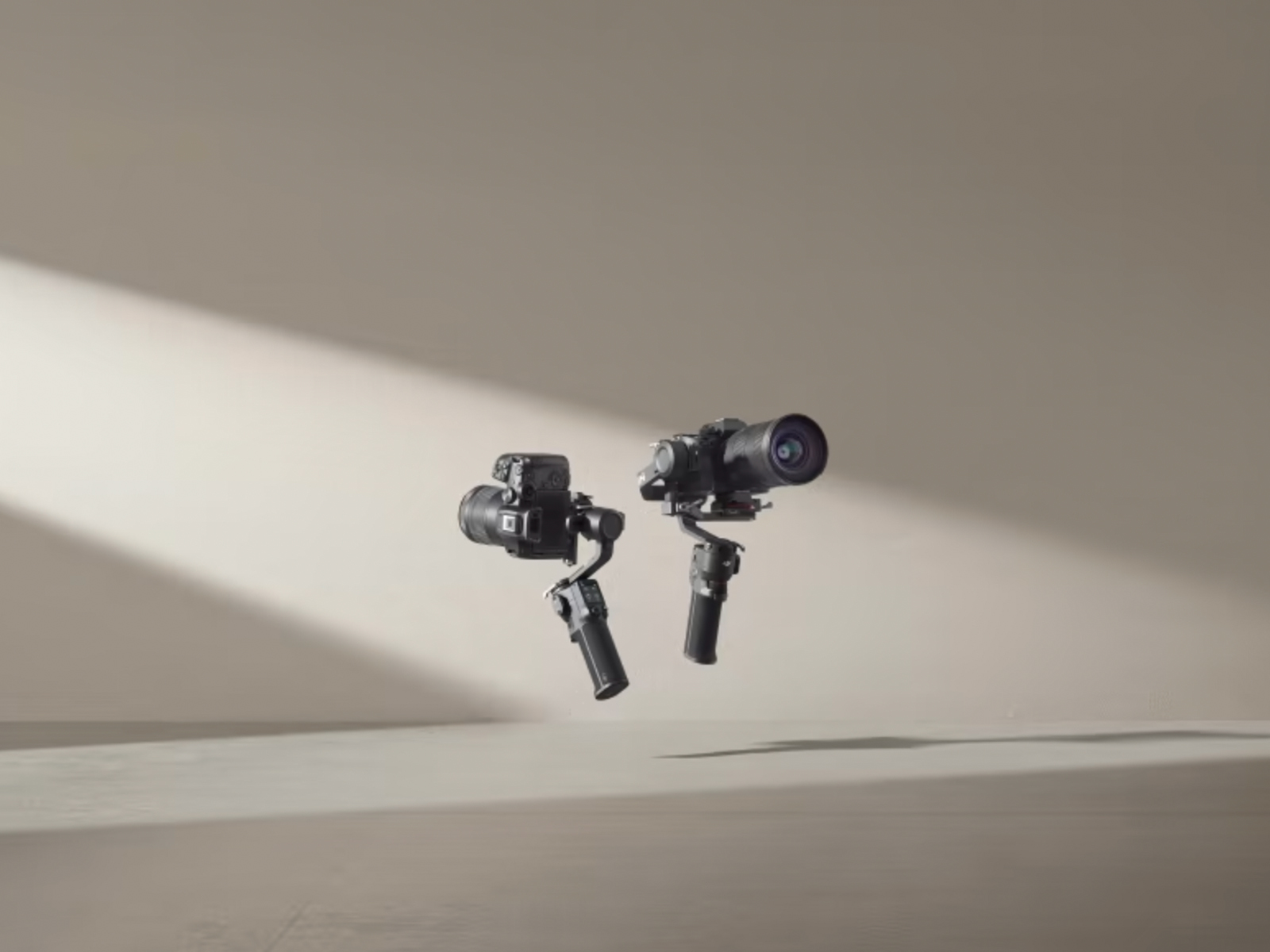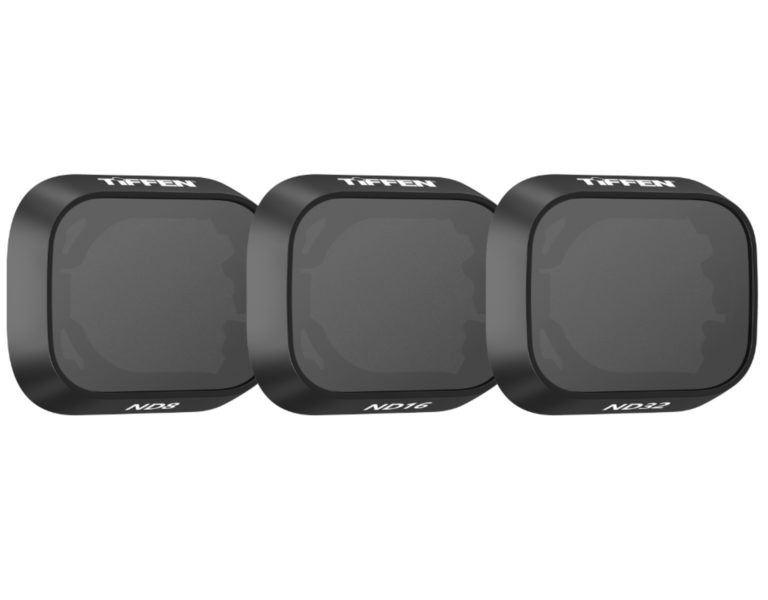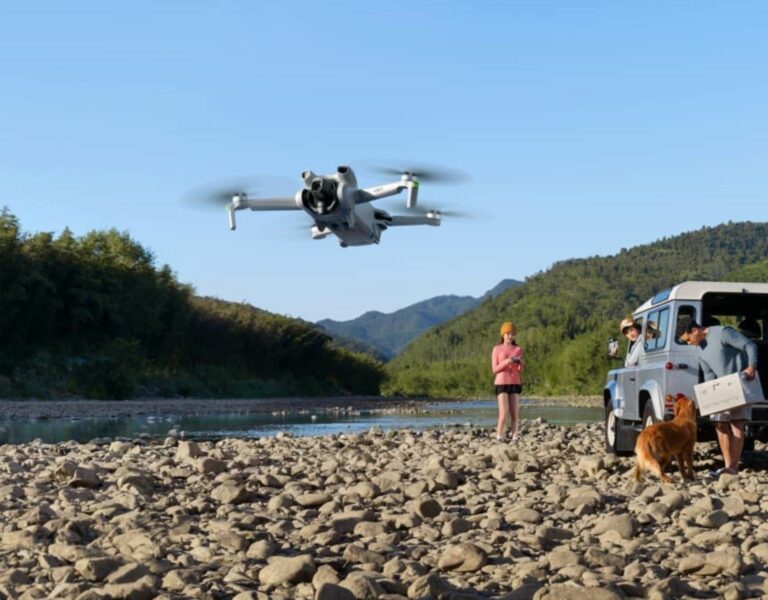
DJI introduces DJI RS 3 Mini, a lightweight handheld travel stabiliser developed specifically to support today’s mainstream brands of mirrorless cameras and lenses.
With a smaller and lighter body, the DJI RS 3 Mini continues the excellent stabilisation performance of the RS 3 series, allowing users to create professional-grade content while traveling around landscapes or in urban locations. Furthermore, weighing less than 800 g (1.8 lbs), the gimbal can carry a weight of up to 2 kg (4.4 lbs), features Bluetooth shutter control, a 3rd generation stabilisation algorithm, native horizontal and vertical camera mounting, and a 1.4-inch colour touchscreen.
“Since the introduction of DJI’s Ronin series for cinematography in professional environments, DJI has been working on bringing professional-grade technology to an increasing number of content creators,” said Paul Pan, Senior Product Line Manager at DJI. “The DJI RS 3 Mini is testament to DJI’s core value of bringing innovative stabilisation technology to everyone with a love of capturing their moments in a photo or on video. Now, anyone with a mirrorless camera can experience the same industry-leading technology used on film sets and studios across the globe.”
With Just One Hand
The RS 3 Mini adopts an all-in-one design which is both compact and portable. At only 795 g (1.7 lbs) in vertical shooting mode, the RS 3 Mini is around 50% lighter than the RS 3 Pro and 40% lighter than the RS 3. This makes the device much easier to carry, and allows it to achieve great results with just one hand. It can be stored easily in a shoulder bag, and its weight makes it much more suited to traveling during longer outdoor shooting.
A Tool For Every Mirrorless Owner
With the ability to carry a weight of up to 2 kg (4.4 lbs), the RS 3 Mini supports a range of mainstream mirrorless camera and lens combinations, such as the Sony A7S3 + 24-70mm F2.8 GM lens, Canon EOS R5 + RF24-70mm F2.8 STM lens or Fuji X-H2S + XF 18-55 mm F2.8-4 lens, to name a few (see the full compatibility list here). A powerful motor ensures that even when the zoom reaches the maximum focal length, the footage captured remains stable, and there is no need to repeat balancing.
Native Vertical Shooting
In order to meet the needs of today’s vertical video creation, the RS 3 Mini features a freshly designed dual-layered quick-release plate. By attaching the quick-release plate to the vertical arm, vertical shooting can be achieved without the need for additional accessories, and the gimbal rotation angle is not limited, compared to traditional vertical mode. Short video social media content can be shot with ease. RS 3 Mini also features an upper plate with a new curved placement guide, which prevents the camera from rotating and loosening.
3rd Generation Stabilization
Lightweight and powerful, RS 3 Mini is a professional stabiliser that will bring an unprecedented, easy, and flexible landscape or street shooting experience to users of all levels, achieving portability and professionalism at the same time. DJI’s 3rd generation stabilization algorithm as found in the RS 3 Pro, has been utilized in the RS 3 Mini to provide outstanding performance, whether the user is running, shooting at a low angle or in flashlight mode. Content stability is ensured throughout shooting and professional-level image stabilization can be achieved regardless of the user’s experience. When users are shooting around human subjects, the RS 3 Mini achieves smooth camera movements effortlessly. Users don’t need to pay too much attention to footwork and pace, as the RS 3 Mini can follow people steadily and switch between high and low angles for a more diverse range of shots. Dynamic 360°-rotation imaging delivers a strong visual impact and eye-catching shots.
Effortless Connection
The Wireless Bluetooth Shutter function supports linking with the majority of today’s mainstream mirrorless cameras. After the initial linking, the camera will be ready automatically for action as soon as it is turned on, and users can directly control the video recording and photo capture functions via the record button on the gimbal, enabling them to concentrate on shooting straightaway. When using a Sony camera with a supported power zoom lens, users can also directly control the lens’s optical or digital zoom via the front dial, eliminating the need for a camera control cable.














